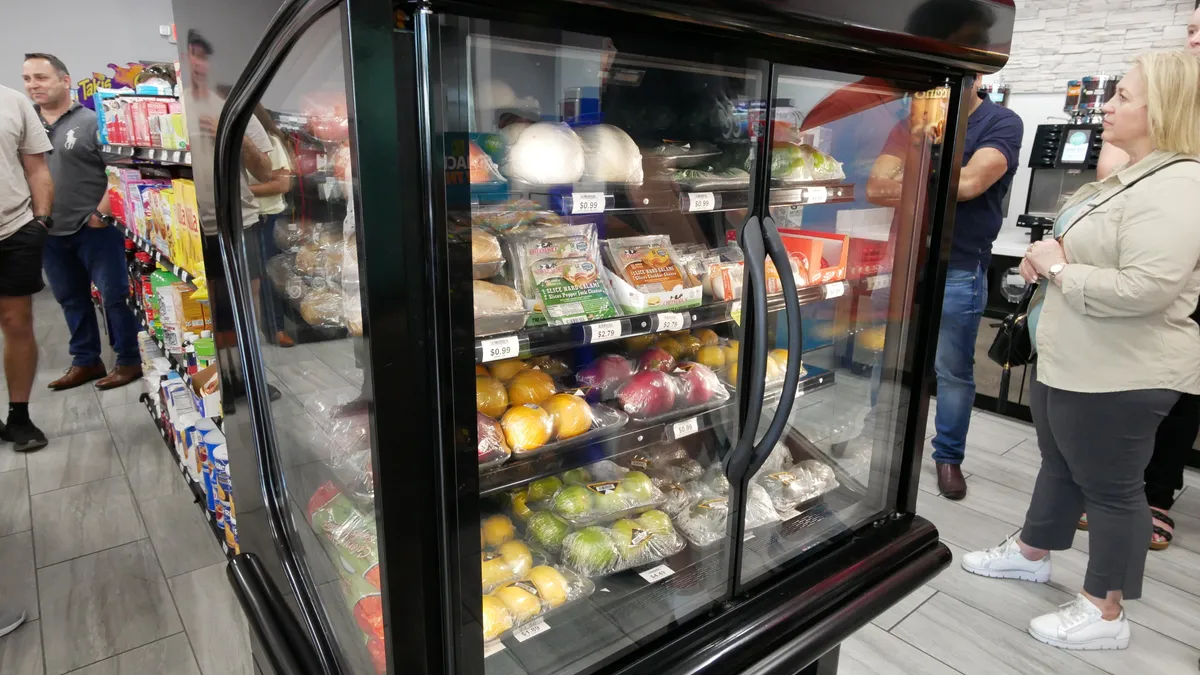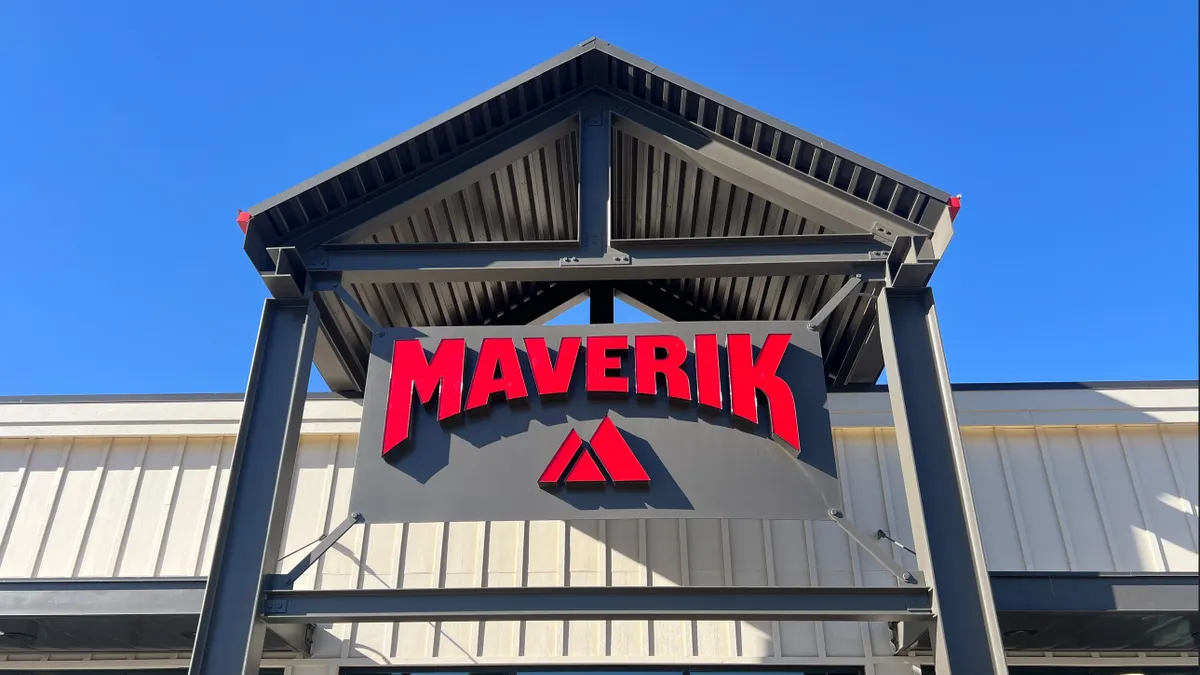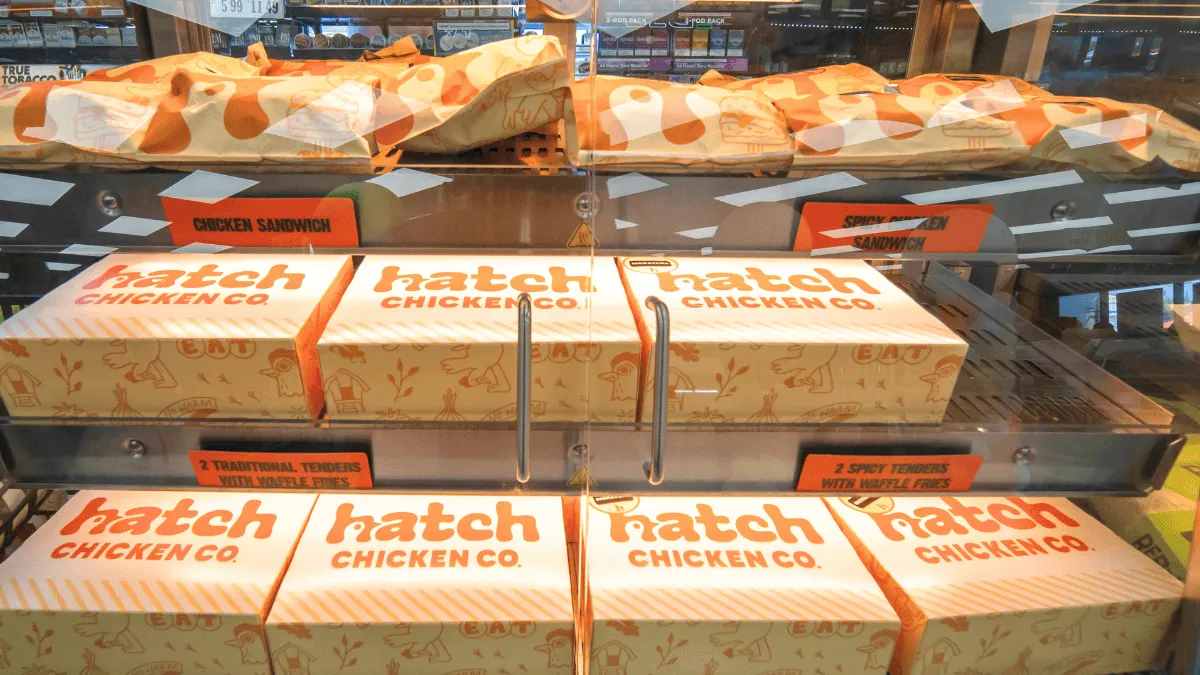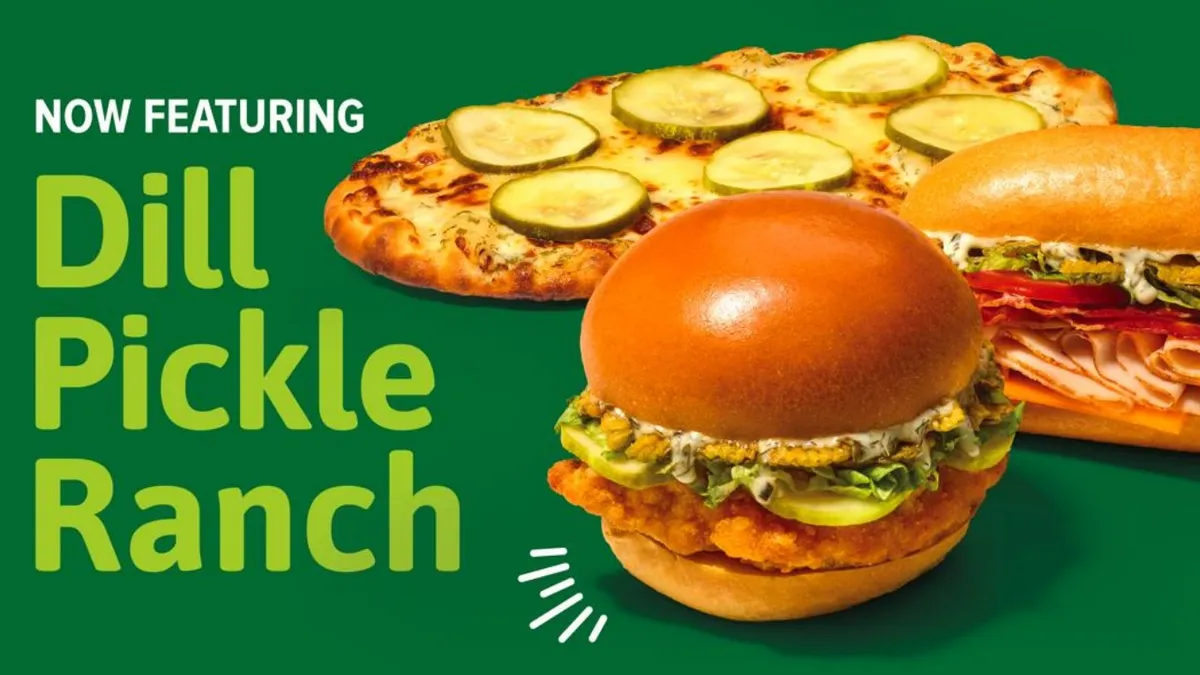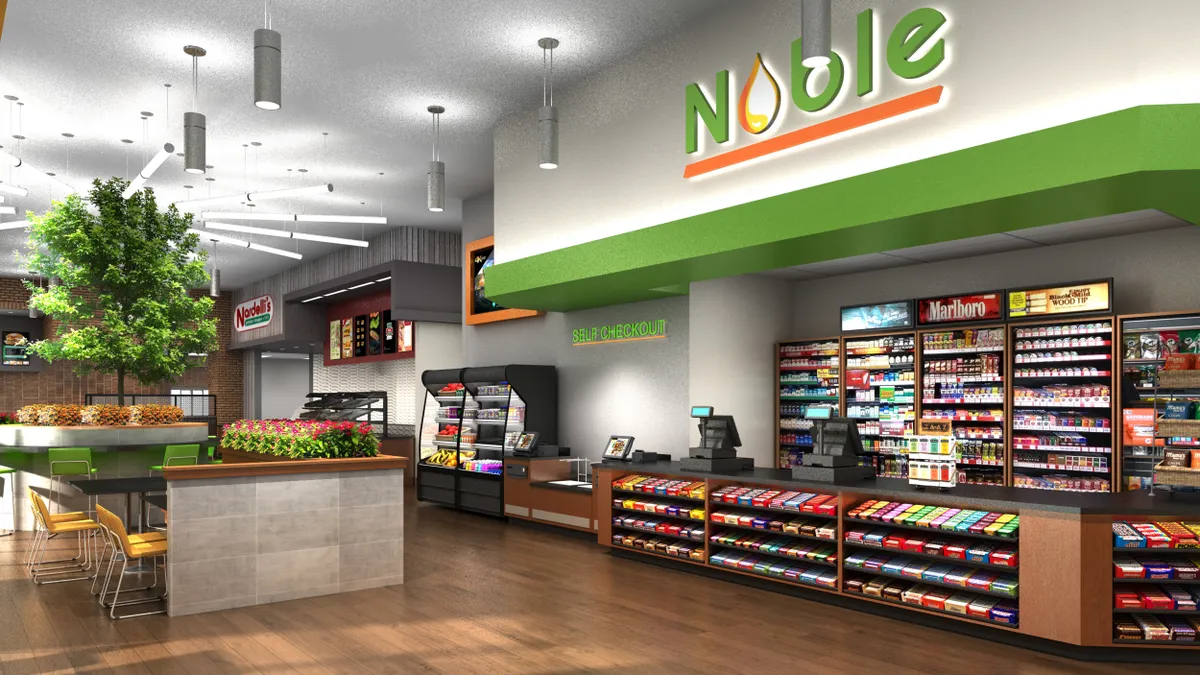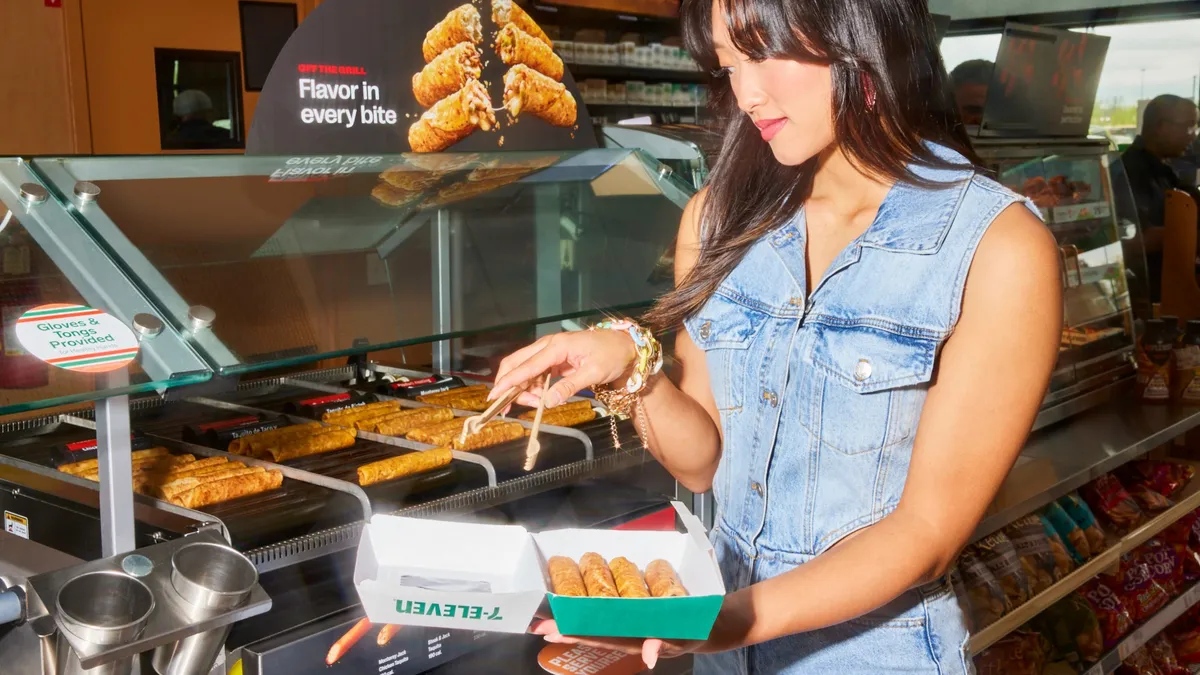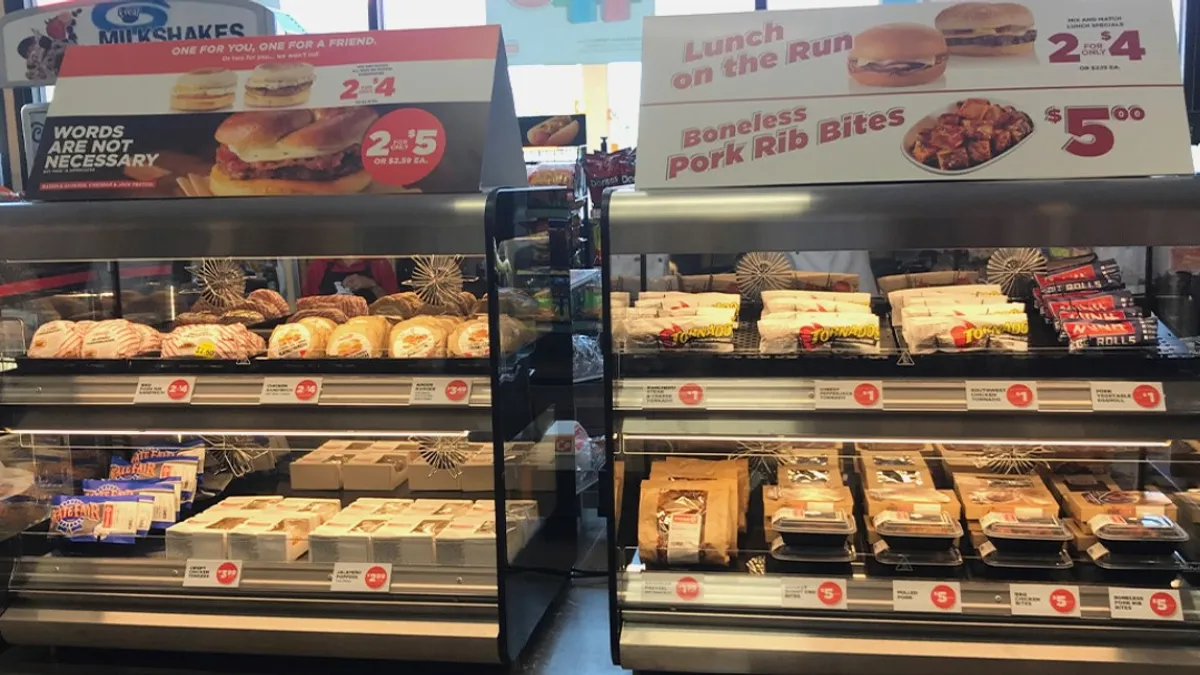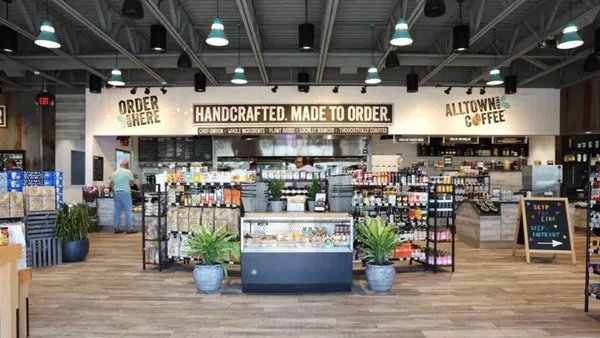While c-store operators recognize that the majority of their shoppers are drawn to more indulgent food offerings, they also know it’s important to mix in healthier options such as grab-and-go salads, fruit and the like.
It’s not a runaway growth category. Overall produce sales grew by 0.8% to nearly $344 million for the year ending May 21, according to Circana OmniMarket Integrated Fresh Data, while volume jumped up 3.8%. Fresh fruit sales rose by 2% and volume grew an impressive 6%.
Bananas realized some of the biggest gains, as sales climbed 6% to just under $58 million, but melons outpaced bananas, reaching $58.1 million in sales for the year.
On the other hand, vegetable sales plunged 10.3%, while volume also dropped 10.8%.
Still, c-store operators say sales of packaged and made-to-order salads, along with packaged fruit and individual fruit items are selling well — and are necessary to offer.
“We know our customers want healthy, easy to grab options,” said Bryan Street, deli category manager at Love’s Travel Stops & Country Stores. “We are seeing great customer reaction to our Fresh Cups and salads, and even our fresh indulgent items like pudding and parfait cups, [are] helping us increase basket and bundling opportunities.”
Love’s Fresh Cups — which are prepared fresh in its stores — represent a “huge share” of overall deli revenue and complements the rest of the company’s fresh items, according to Street.
“Fresh Cups perform at a high level, and over the years as our operators have embraced the program and continued to executive it better, it has grown as a destination item for our customers,” said Street. “So for us, it is showing to be necessary, and our customers are validating that strategy through the sales performance.”
In fact, Love’s plans to expand its Fresh Cups program, which already includes vegetables, cantalope and strawberries, grapes, pineapples, blueberry parfaits, and other options, this year.
"When cross-merchandised alongside sandwiches, chips, candy bars, cakes, and bottled beverages, fresh and healthy items can be seen by customers as a way to balance out their more indulgent choices."

Jessica Williams
Founder and CEO of Food Forward Thinking
While York, Pennsylvania-based Rutter’s appeals to customers looking more for indulgent foods and features a broad range of burgers, chicken and waffles, and other products, Foodservice Category Manager Chad White said it is important to provide healthier items as well.
“We try to tell them we have some healthy options and plant-based items,” he said.
The 84-unit c-store retailer has realized success with packaged cut fruit and salads, but salads are much more popular as part of its foodservice program, according to White. He believes that is because customers can customize their salads the way they would like.
Across the industry, many c-store operators have stepped up their healthier offerings, according to Anne-Marie Roerink, principal at retail consulting firm 210 Analytics. For example, several companies are working with nutritionists and dietitians to develop menus with healthier options. Some operators allow customers to add healthy extras to their orders.
“At the same time, convenience stores very much recognize that life is all about the continuum of sometimes ultra healthy and sometimes ultra indulgent,” Roerink said.
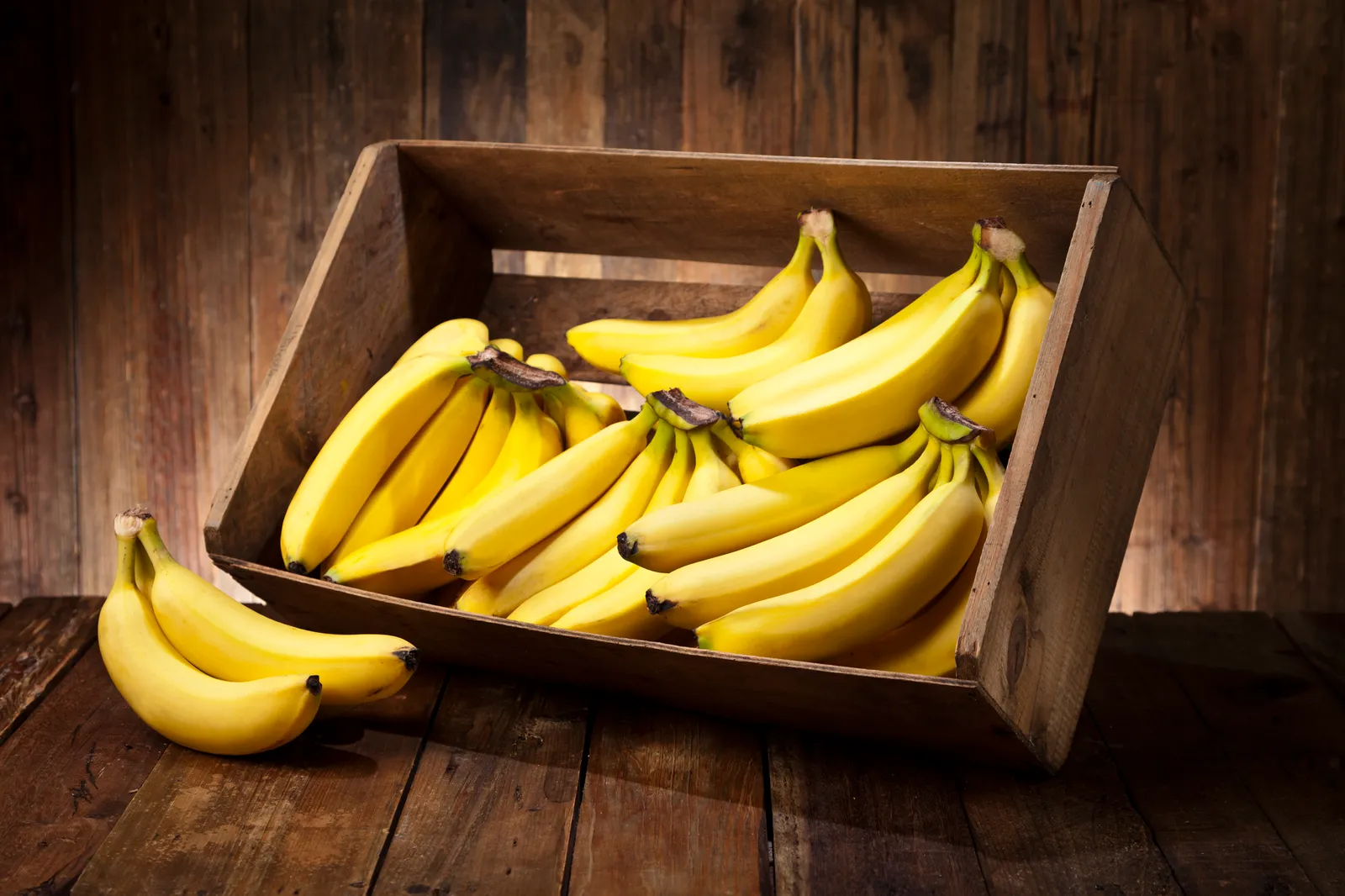
Clever marketing, merchandising strategies
While most retailers have realized success by grouping fresh fruit, salad and vegetable items together, one industry consultant suggests a different approach.
“Cross-merchandising is key to success with selling fresh fruit and vegetables,” said Jessica Williams, founder and CEO of Food Forward Thinking, which helps c-stores develop foodservice programs.
While retailers may be tempted to create a dedicated section of “healthy” items like cut fruit, salads and wraps, fresh items actually perform better when mixed with more indulgent items, according to Williams.
“When cross-merchandised alongside sandwiches, chips, candy bars, cakes, and bottled beverages, fresh and healthy items can be seen by customers as a way to balance out their more indulgent choices,” Williams said, pointing to apple slices in a McDonald’s Happy Meal as an example of that strategy. “Parents make those choices for their children and adults seek out balance for themselves as well.”
C-stores should make it easy for customers to pick up fresh snacks with prepared foods, according to a report by NACS and the Partnership for a Healthier America. They suggest adding better-for-you product displays adjacent to pick-up counters or near the register area.
Retailers can also cater to wider tastes easily by offering options like fruit and water in combo meals, alongside traditional chips and soda, NACS and the PHA said.
Being clear with the freshness
Visibility is the name of the game at Love’s. Its Fresh Cups are front-facing and displayed either in ice barrels, next to the gas and diesel checkout areas or “with strategic placement and presentation in our open-air coolers,” Street said. "This provides the customer with a colorful visual of the variety and quality.”
Meanwhile, Rutter’s draws attention to fresh cut fruit by utilizing clear packaging so “consumers can see the freshness,” White said. “If they can’t see the product, they are less likely to buy it, and the vibrant colors of produce give the whole section a fresh look.”
In whole fruit, bananas are Rutter’s top seller. The operator offers them at the checkout line, encouraging both impulse and intentional purchases, according to White.
While Rutter’s previously carried whole apples and oranges, executives found that apples perform better as a cut fruit than the whole fruit, and three-packs of Cuties mandarin oranges have realized higher sales than individual regular oranges.
Limited time, seasonal fresh fruit also draws customers to produce, according to White. For example, Rutter’s features Pennsylvania blueberries in June. The retailer spreads the word about local fruit with social media and on-pack call-outs.
“We work with our manufacturer to bring in local products when in it comes in season,” he said.
Utilizing Sesame Street characters on produce packaging and in marketing materials and signage can also heighten produce sales, according to NACS and the PHA. NACS collaborates with the eat brighter! program, providing nine Sesame Street character images for c-stores to use in produce marketing.
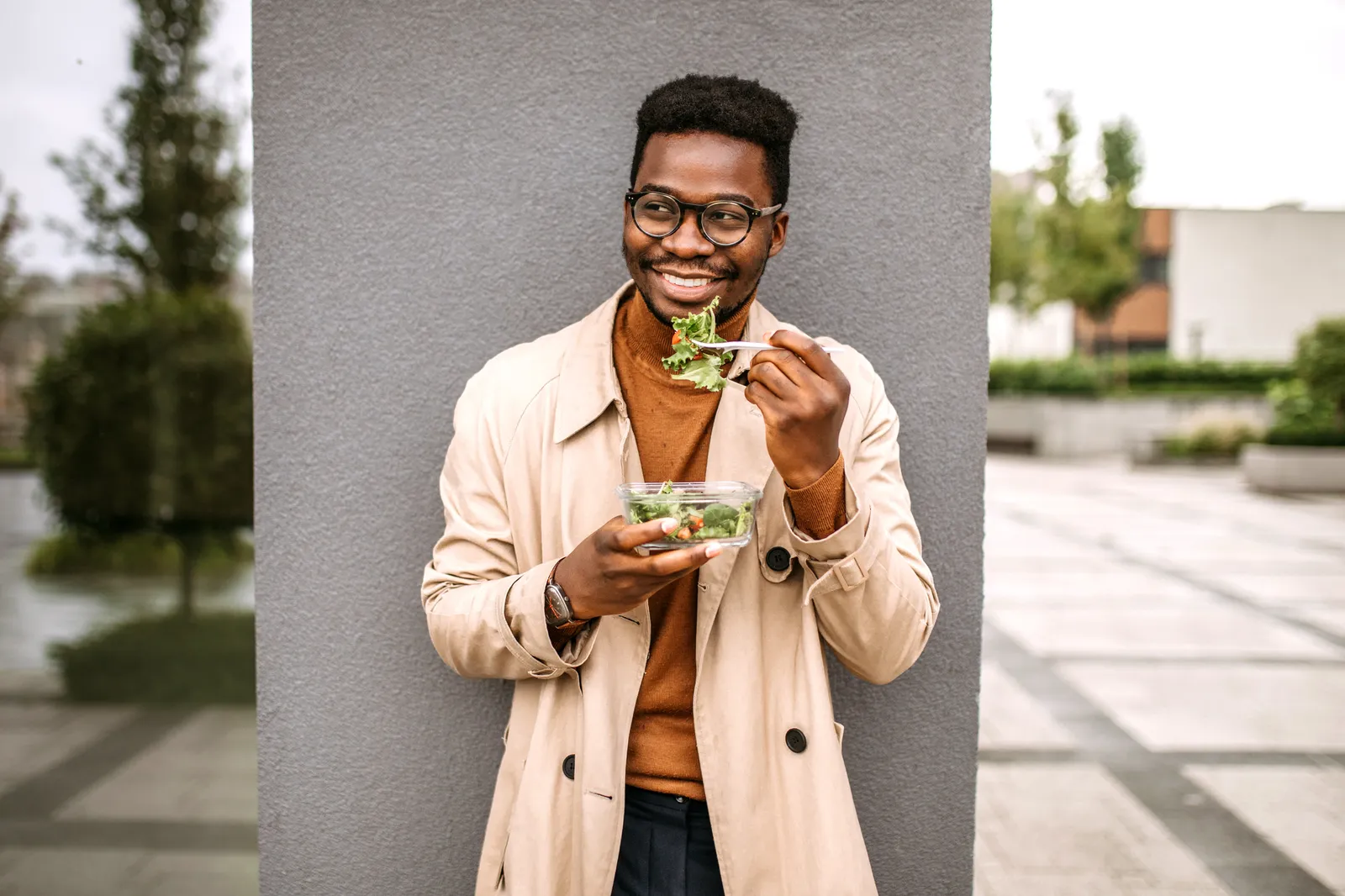
Overcoming challenges with fresh produce
Shrink is the primary challenge with carrying fresh produce, but there are ways to ease the issue, operators say.
“The limited shelf life of produce items can cause increased shrink if stores don’t buy to match demand,” Street noted. In some cases, Love’s stores source locally if a supplier’s availability or quality is an issue, he added.
Rutter’s works with distributors Performance Food Group and Four Seasons Produce to bring in much of its fresh fruit.
“Our produce distributor and manufacturer have done a great job,” White said. “They let us know this is what’s coming down the road, including problems with weather.”
In addition to working with quality distributors and suppliers, Rutter’s associates are trained to immediately remove fruit that is starting to turn bad.
“If you have a bad looking banana, it doesn’t look good for the whole set of products,” White said.


